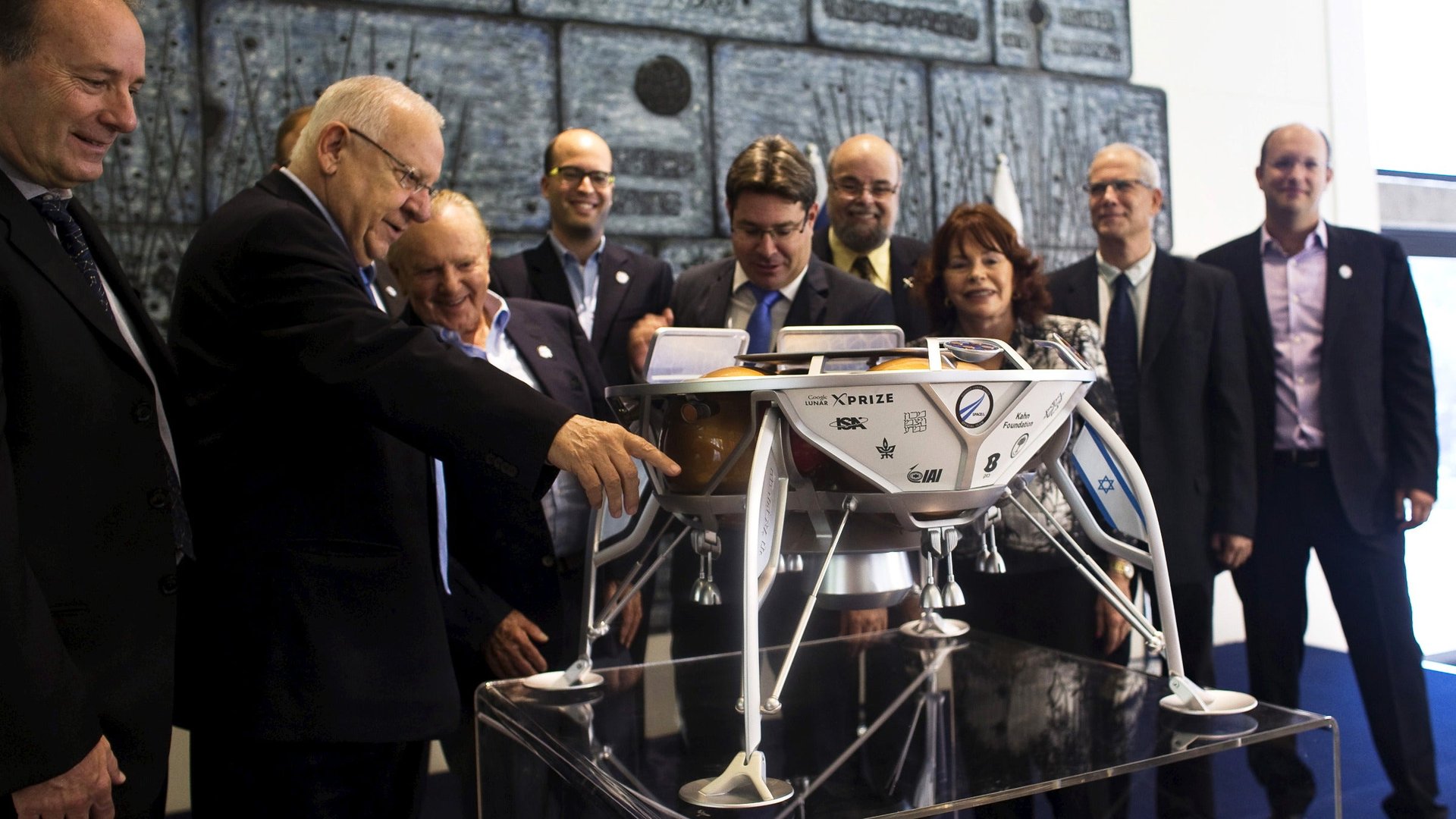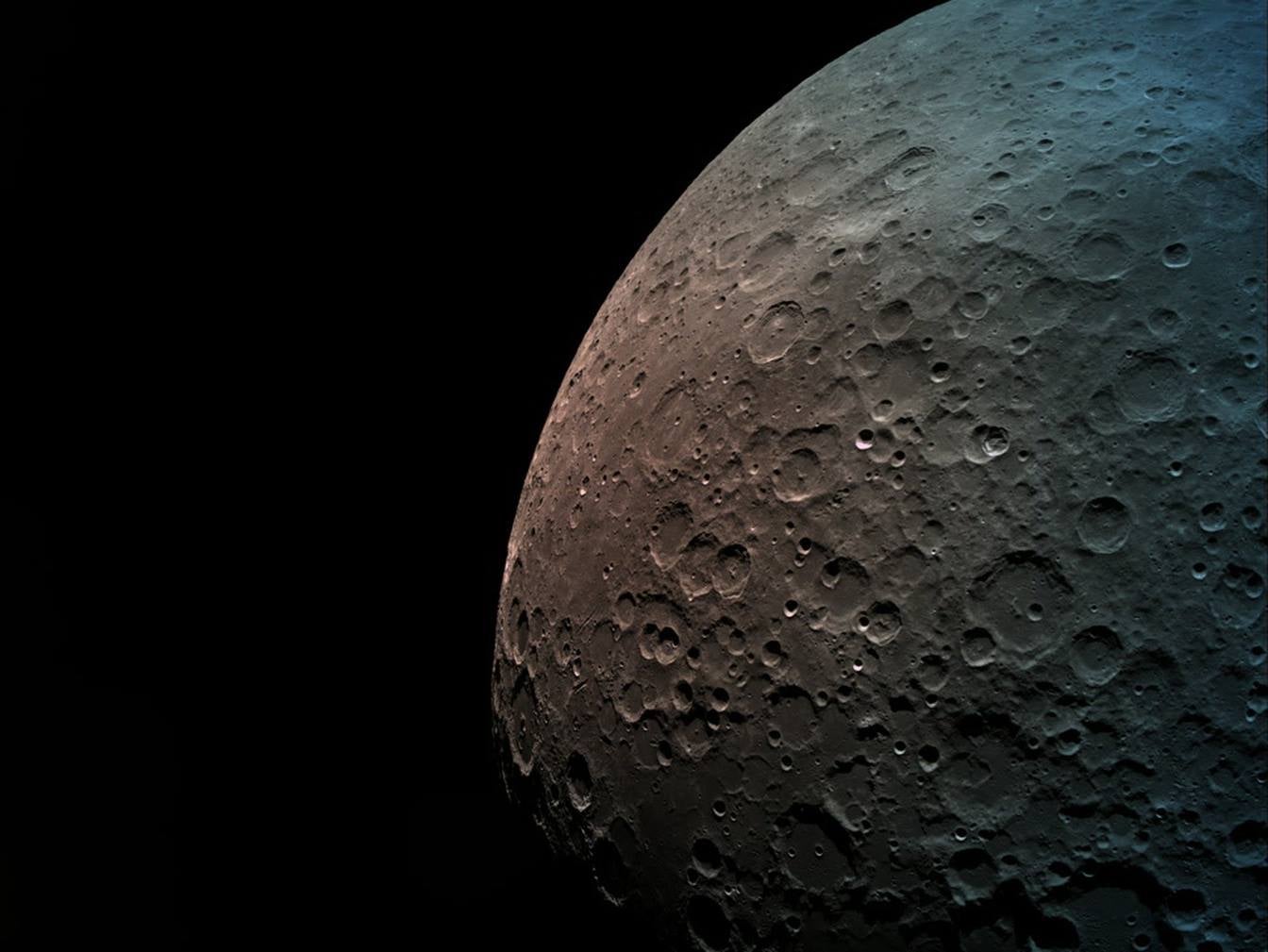The first private moon robot probe ended in a crash
Israel’s attempt to become the fourth country to send a probe to the moon has ended in a crash. The effort was the first made using a vehicle that was largely designed and funded privately.


Israel’s attempt to become the fourth country to send a probe to the moon has ended in a crash. The effort was the first made using a vehicle that was largely designed and funded privately.
SpaceIL, an Israeli nonprofit, said its lander Beresheet, named for the Hebrew title for the Old Testament book of Genesis, spent the past two months traveling through space.
The spacecraft was expected to transmit video and images back to Earth, as well as gather data about the moon’s magnetic field, for a few days before it would have succumbed to the harsh lunar environment. But as the lander descended to the moon’s surface, its main engine failed. SpaceIL engineers were able to restart it, but lost contact with the lander soon after, and the mission was deemed unsuccessful.
The vehicle’s pieces were strewn around the site where it was supposed to land, the AP reported, citing Opher Doron, general manager Israel Aerospace Industries’ space division. “We definitely crashed on surface of moon,” he said.
A successful landing was expected to garner a special million-dollar award from the XPRIZE Foundation. SpaceIL began as a competitor for the Google Lunar XPRIZE, the $30-million contest created in 2007 for private organizations to send robots to the moon. The Google contest, cancelled after a series of deadlines were missed, catalyzed work on a number of probes expected to reach the moon, with Beresheet to have been first among them.
The foundation said it would grant SpaceIL the award despite the failed attempt.

The entire Israeli mission required $100 million to design, build, launch and operate. That figure suggests the magnitude of the technical challenge that faced SpaceIL and other competitors, notably Japan’s iSpace and US firms Astrobotic and Moon Express, which plan to send their own robots to the moon as part of NASA’s new program to hire private companies to deliver scientific instruments.
Only three nations have sent robotic explorers to the lunar surface: The US, Russia and China. Beresheet carried artifacts celebrating its home country, including a Hebrew Bible inscribed on a metal discs the size of coin and a time capsule containing the Israeli Declaration of Independence and remembrances of a Holocaust survivor. It also carried a 30-million-page “Lunar Library,” an archive of overall knowledge etched onto discs.
The spacecraft, which weighed 1,322 lb (600 kg) at launch, spent two months traveling to Earth’s nearest neighbor in space after being deployed from a SpaceX rocket that launched from the US in February. While the task of designing a spacecraft and lunar lander is not a simple one, the Israeli team had the advantage over previous national efforts in not having to design and build a rocket from scratch.
SpaceIL, founded by three Israeli engineers, Yariv Bash, Kfir Damari, and Yonatan Winetraub, raised financial backing from Israeli telecom billionaire Morris Kahn; Sheldon Adelson, the American casino tycoon and right-wing political donor, and the Israeli Space Agency, among others.
Lunar exploration is expected to rise in the years ahead, thanks in part to the relatively recent scientific confirmation that water, a potentially exploitable resource, can be found at the poles. China’s national space agency put the first lander on the far side in 2018 and NASA recently announced it intends to send astronauts back before the end of 2024.
Looking for more in-depth coverage of space? Sign up for a free trial of Quartz membership, and read our premium field guide on the future of the lunar economy.